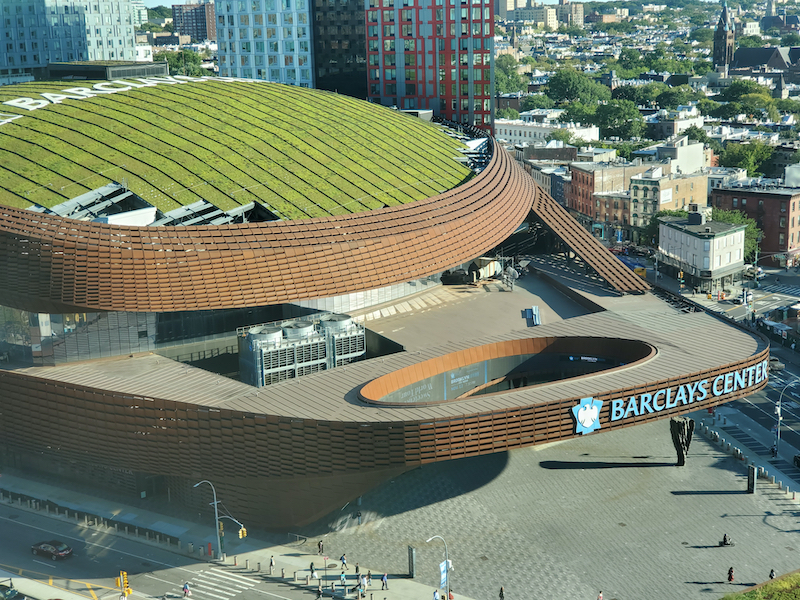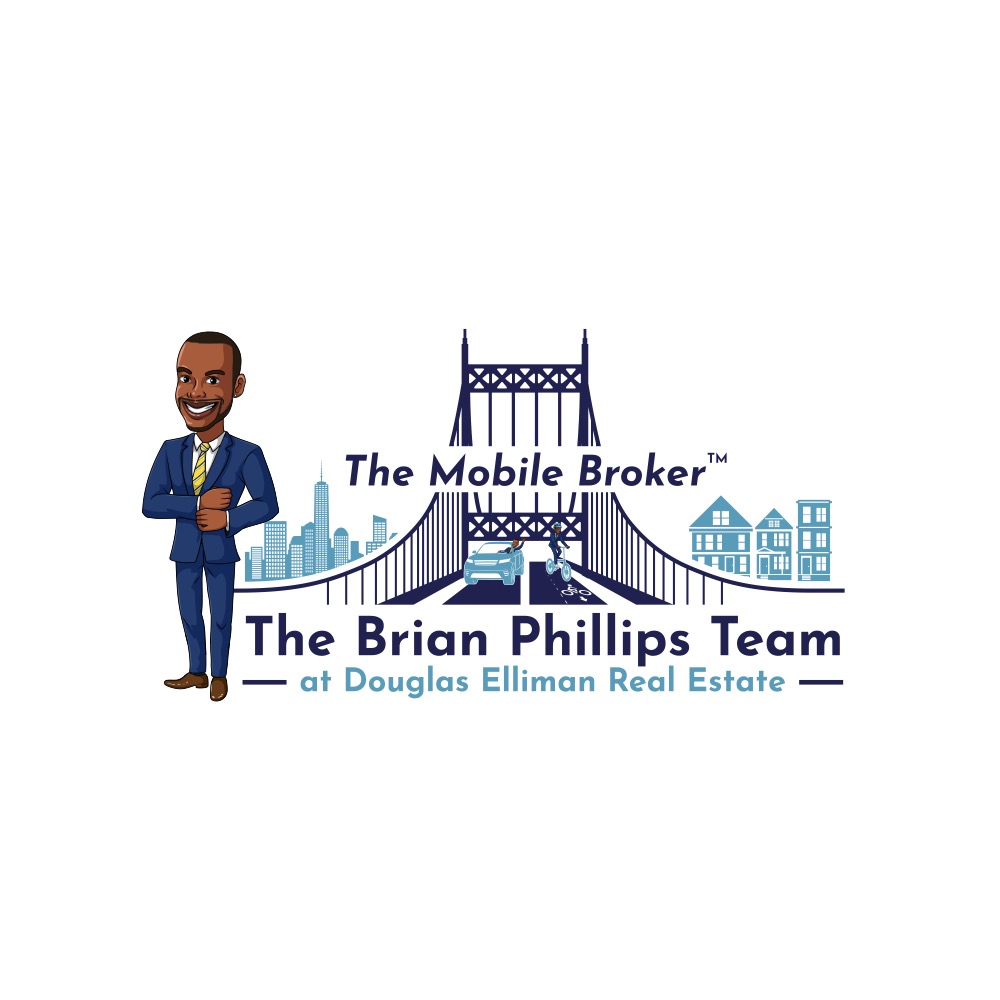New York City’s skyline is evolving, and sustainability is at the forefront of its transformation. While straw bales aren’t a practical building material in a dense urban environment, other innovative eco-friendly construction techniques are redefining the city’s real estate landscape.
What You’ll Learn in This Blog:
✔ How Passive House design is reducing energy consumption in NYC’s new developments
✔ Why green roofs are becoming a requirement for new buildings and how they improve urban living
✔ The rise of modular construction and how it’s making sustainable housing more affordable
✔ NYC’s top sustainable projects leading the way in eco-friendly building design
✔ How Local Law 97 is shaping the future of real estate and sustainability in the city
✔ What these trends mean for homebuyers, investors, and renters looking for energy-efficient housing
Why Sustainable Building Matters in NYC
New York’s Local Law 97, part of the Green New Deal for NYC, mandates strict carbon emissions limits for large buildings. Developers and property owners are now prioritizing sustainable designs to comply with regulations, cut energy costs, and enhance long-term property values.
Let’s explore how Passive House construction, green roofs, and modular building methods are shaping NYC’s real estate future.
Passive House Design: Energy Efficiency at Its Best
What is Passive House?
Passive House (Passivhaus) design is an ultra-energy-efficient building standard that minimizes heat loss, uses high-performance insulation, and reduces the need for traditional heating and cooling systems. These buildings can cut energy consumption by up to 90% compared to conventional structures.
Why NYC is Embracing Passive House Standards
• Meets NYC’s carbon reduction targets under Local Law 97
• Lowers energy bills for homeowners and renters
• Improves indoor air quality with high-efficiency ventilation systems
Prominent Passive House Projects in NYC
✅ The House at Cornell Tech (Roosevelt Island) – The world’s largest Passive House residential building, setting the standard for sustainable high-rises.
✅ 425 Grand Concourse (South Bronx) – A 26-story affordable housing development that reduces energy usage by over 70% compared to traditional buildings.
✅ Brooklyn Passive House Brownstones – More homeowners in Brooklyn’s brownstone neighborhoods are retrofitting historic homes to meet Passive House standards.
Read more about Passive House design in NYC here.
Green Roofs: Turning Concrete Jungles into Urban Oases
What Are Green Roofs?
A green roof is a layer of vegetation planted on a building’s rooftop to improve insulation, manage stormwater runoff, and reduce urban heat island effects.
How Green Roofs Benefit NYC
🌱 Reduces energy costs by providing natural insulation
🌱 Manages stormwater runoff, preventing street flooding
🌱 Improves air quality by filtering pollutants
🌱 Creates biodiversity, supporting birds and pollinators
Iconic Green Roofs in NYC
✅ Javits Center Green Roof – At 6.75 acres, this is one of the largest green roofs in the U.S., helping to cool the building and support local wildlife.
✅ Brooklyn Grange (Navy Yard & LIC) – A rooftop farm producing fresh, local produce while reducing building heat absorption.
✅ The Spiral (Hudson Yards) – A high-rise featuring cascading green terraces, blending sustainability with luxury office space.
✅ Barclay Center Green Roof– Largest green roof to cover a sporting venue.
Explore NYC’s Green Roof Legislation
Modular Construction: The Future of Sustainable Building?
What is Modular Construction?
Modular construction involves prefabricating building sections off-site and assembling them on-site. This method reduces material waste, speeds up construction, and lowers carbon footprints.
Why NYC Developers Are Turning to Modular Construction
🏗 Cuts construction time by up to 50%
🏗 Minimizes disruption in high-density areas
🏗 Reduces carbon emissions compared to traditional building methods
Significant Modular Construction Projects in NYC
✅ The Stack (Inwood) – NYC’s first modular multi-family building, proving prefab housing is viable in a dense urban environment.
✅ Carmel Place (Kips Bay) – The city’s first micro-apartment building, offering small, affordable, and eco-friendly housing units.
✅ 455 East 148th Street (Bronx) – A modular-built affordable housing project, demonstrating sustainable housing at scale.
Learn more about modular construction in NYC.
The Future of Sustainable Development in NYC
With regulations like Local Law 97 and increasing demand for eco-conscious real estate, sustainable building techniques are not just trends—they are the future of NYC’s housing market.
🏙 Passive House designs make buildings ultra-energy-efficient.
🌱 Green roofs improve urban biodiversity and climate resilience.
🏗 Modular construction accelerates affordable and sustainable housing development.
As NYC continues to prioritize green building practices, we can expect more energy-efficient, eco-friendly, and cost-effective real estate options in the years ahead.
What’s Next?
Are you considering buying or investing in a sustainable home in NYC? Let’s discuss the best energy-efficient properties on the market today!
💬 Comment below: Which of these sustainable building trends interests you the most?
📩 Contact me for expert real estate insights on eco-friendly living in NYC.
📢 Share this post! If you found this helpful, share it with friends or colleagues interested in sustainable real estate!


